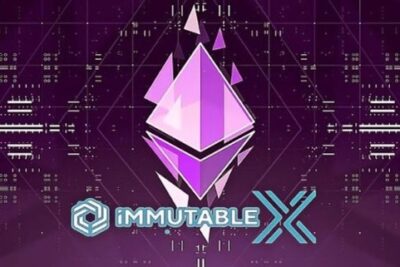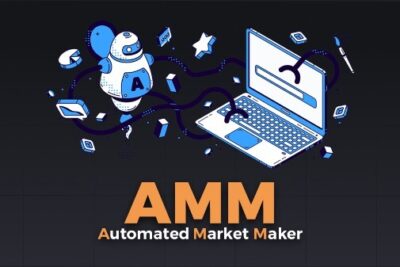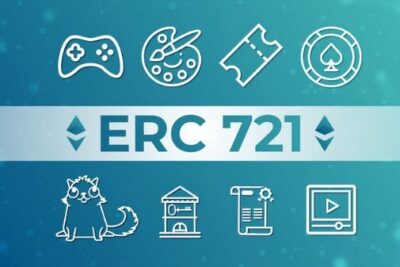

What Is Multichain Technology? Compare Multichain Vs Cross Chain In Crypto
21 May 2022
Interoperability is one of the primary existing limits of the blockchain industry; blockchains are separate systems that cannot connect. Due to their technological peculiarities, blockchains function relatively autonomously and independently in the crypto realm. Similar to how you cannot purchase items from eBay using your Amazon account, you cannot spend one chain’s assets on another.
To address this problem, several initiatives are developing novel methods for sharing data across blockchains. This objective has been termed “cross-chain” technology.
However, there is an alternative: developing a platform where various blockchains may connect and exchange data. This technique is known as “multichain.”
Nonetheless, this issue is now being resolved by introducing multichain initiatives.
What is multichain? Why is multichain technology necessary? How does a multichain work? Via this essay, bePAY will assist you in answering these questions and analyzing the difference between crosschain and multichain.
What Is Multichain Technology?
Multichain Technology Definition
What is multichain technology? A multichain is a network of bridges and parachains that link current blockchains to improve services and circumvent the constraints of earlier technologies like Bitcoin (BTC) and Ethereum (ETH). Such alternatives include blockchains such as Solana (SOL), Near (NEAR), and Cosmos (ATOM).
How does a multichain work? Their objective is not to delegitimize the presence of older blockchains, but rather to enable users to take advantage of Ethereum’s and Bitcoin’s strengths while routing traffic to these newer ecosystems that enhance ancient technology.
This has been more significant over the last few years since Ethereum has become the environment of choice for decentralized finance (DeFi) initiatives. Due to its poor throughput, hefty gas prices, and complex infrastructure, Ethereum has been unable to tackle all the hurdles posed by the increasing popularity of these applications.
Multichains are intended to build communication channels across various blockchains, enabling developers and companies to thrive in one environment while making use of the solutions offered by another ecosystem.
The shift toward a multichain world is a blockchain world that is more decentralized since it permits blockchains to cease functioning in isolation. Blockchain is now in its web 2.0 era, during which comparable communication and information exchanges across ecosystems were outlawed.
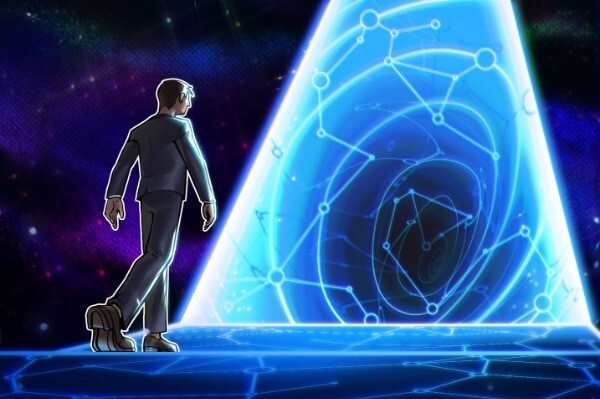
What is multichain technology?
>> Learn more about the gas fee
Main Features Of Multichain Technology
Unrestricted Resources
It enables users to approve and authenticate a vast number of assets on a Blockchain-based distributed ledger. Multichain additionally provides support for transactions involving several assets and parties.
Permissions
Multichain offers a permissioned environment for enterprise-level user connections. They’re able to conduct transactions and generate assets, blocks, and data streams. Permissions to function inside the blockchain, whether public or private, may be provided to organizations using carefully adjusted permissions.
Data Steam
Multichain supports data sharing, archiving, data encryption, and timestamping. It also permits the creation of an endless number of data streams and time series with multiple key values.
Speed & Efficiency
Multichain provides a lightning-fast development procedure in which users may rapidly construct new Blockchains and function effectively on a permissioned network.
The Advantages Of Deploying Multichain
In the present context, in the same area as AMM DEX, you can observe that on each platform there are incredibly significant names, such as Uniswap on Ethereum, PancakeSwap on Binance Smart Chain, and Quickswap on Polygon.
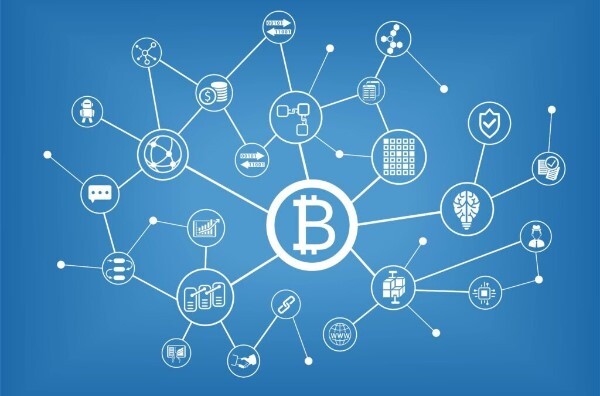
The advantages of deploying multichain
However, each initiative operates extremely autonomously and has not yet attracted a significant number of users from other ecosystems. So, what do you believe will happen if projects use multichain?
When the multichain technique is used on projects, not only users but also the project itself will reap the following benefits:
- Acquire the desired amount of users in the new environment.
- Overcoming the inadequacies of the main chain (congestion, slow speed).
- Take advantage of several chains (cheap fees, fast speeds).
- Promote your token on other platforms (especially stablecoin projects).
- Users in the smaller environment may access sections not implemented in their ecosystem (Insurance, Index token,…).
Why Do We Need Multichain Technology?
Currently, the vast majority of DeFi projects are based on Ethereum, making it a standard blockchain for numerous protocols and decentralized apps (DApps). Scalability on Ethereum remains a significant obstacle.
The creation of new DApps and related goods has been delayed by obstacles such as high gas prices, sluggish transaction processing speed, and complicated procedures, among others. This makes widespread use of Blockchain technology more challenging.
Consequently, the advent of other blockchains such as Binance Smart Chain, Solana, Cosmos, etc., are rapidly catching up with Ethereum and resolving some of its issues. In contrast to the unfavorable assertions that these solutions are intended to be “Ethereum killers,” they attempt to give a multifaceted strategy for developing a larger multichain Network.
With multichain, instead of competing, chains will be qualified and able to link with one another to enhance the user experience as a whole. Together with cross-chain, these technologies enable separate blockchains to connect directly with one another, similar to how the Internet functions today.
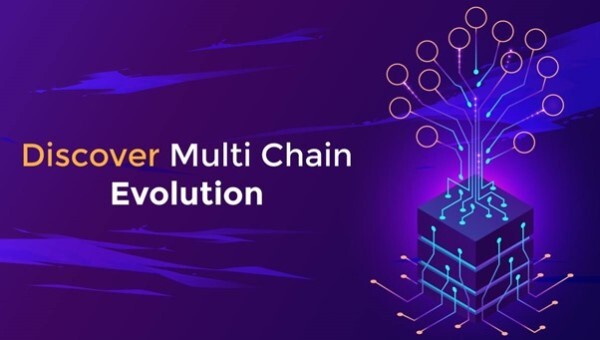
The importance of multichain technology
Currently, blockchain technology is still being tested and refined, and its real-world applications are restricted. Multichain solutions will pave the way for the future of this business, to the point that consumers may be unaware of which chain they are working on. This modification will be crucial for blockchain to become a high-growth sector.
What Are Some Multichain Examples?
SushiSwap
SushiSwap is one of the multichain examples of the most significant AMM DEX projects on the cryptocurrency market, with a TVL of up to $4.5 billion (representing 7.3% of DeFi TVL market cap) and a trading volume of up to $370 million.
- Chains to be deployed by SushiSwap: On March 4, 2021, the SushiSwap team stated that Multichain will be deployed. Specifically, it is implemented on the Fantom, Polygon, xDAI, Binance Smart Chain, and Moonbeam Network chains in addition to Ethereum. Fantom will be the first chain deployed by SushiSwap.
- Why does SushiSwap provide multichain support? To increase its potential and attract new users to its platform, SushiSwap must be implemented on other chains where there are less significant AMM DEX projects than in the Ethereum environment, where Uniswap and 0x Protocol compete fiercely.
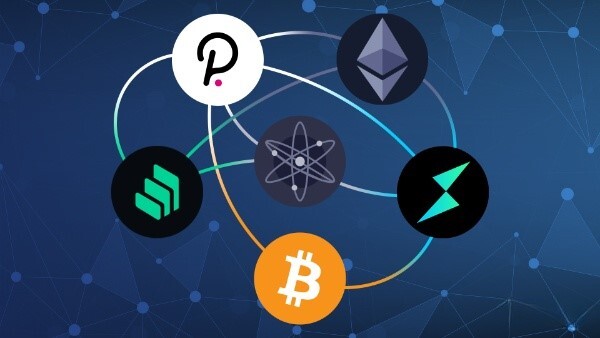
What are project multichain examples?
>> Further information about TVL
Coin 98
Coin98 is now doing very well in both multichain and cross-chain arrays. Beginning as an all-inclusive DeFi platform, Coin98 seeks to develop a multichain ecosystem that enables users to connect and use DeFi services through a variety of Coin98 products, including GameFi, Metaverse,…
Coin98’s structure includes
- Coin98 wallet: This enables users to store, transmit, receive, and manage crypto assets, as well as connect to several DApps on numerous blockchains, including Ethereum, Binance Smart Chain, Solana, Polygon, Avalanche, and Terra.
- Coin98 exchange is a diverse liquidity aggregator that enables users to swap, stake, lend, etc. at the best exchange rate and with the least amount of slippage.
- Space gate: A cross-chain bridge that permits the exchange and transfer of values across several networks.
- Coin98 staking: This allows users to stake several crypto assets via a unified interface.
>> Read more at bePAY’s post on what is metaverse?

Multichain projects
Polkadot
Polkadot is a network protocol and Layer-0 platform that enables the connection and transmission of data across many blockchains, not simply currencies. Polkadot aims to integrate disparate blockchains into a scalable, cohesive network.
Polkadot’s structure includes
- Relay Chain: The core of Polkadot, is responsible for the network’s security, consensus, and interoperability among chains.
- Parachain: Separate blockchains may have their coins and enhance their functionality for particular use cases with the help of parachains.
- Bridge: Enables all Parachains and Parathreads to interact with external networks such as Ethereum and Bitcoin.
Multichain Vs Cross Chain In Comparison
Cross-chain and multichain technologies have the same ultimate goal: to enable the flow of information and data across blockchain systems.
However, they do this in distinct ways that reflect their objectives.
Multichain
This technology necessitates the simultaneous deployment of projects across at least TWO blockchains, such as Binance Smart Chain, Ethereum, and Polkadot. This facilitates communication between many chains and enhances decentralization.
Cross-Chain
Cross-chain technology’s key objectives are to enable interoperability across blockchains, to atomically exchange money or tokens between various ledgers, and to offer censorship resistance.
Towards this end, a protocol for cross-chain transactions is developed. The protocol offers an agreed-upon means for exchanging data (or possibly money) across multiple blockchain systems without the need for a middleman.
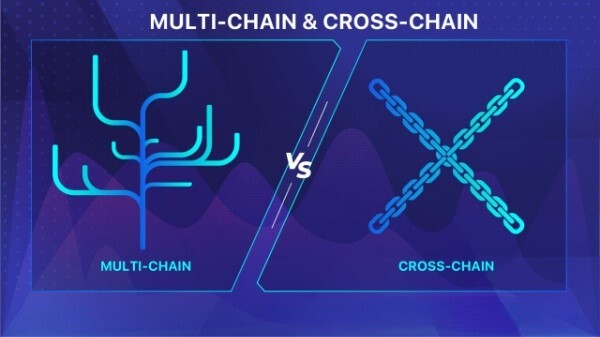
Multichain vs cross chain
Multichain refers to several distinct chains. In particular, in addition to the initial chain (such as ETH), a specific project may be separately distributed in another chain, such as BSC or Polkadot. However, assets may only move across independent chains via a cross-chain solution, a technology that enables users to transfer assets between the Ethereum chain and other market-available networks.
Some initiatives in similar hot industries, such as AMM DEX or Lending, that have not yet integrated multichain need our attention. Due to their capacity and propensity to deploy multichain shortly, they may be advantageous investment prospects.
FAQs About Multichain
Why Is Multichain Important?
With multichain, instead of competing, chains will be qualified and able to link with one another to enhance the user experience as a whole. Together with cross-chain, these technologies enable separate blockchains to connect directly with one another, similar to how the Internet functions today.
Currently, blockchain technology is still being tested and refined, and its real-world applications are restricted. Multichain solutions will pave the way for the future of this business, to the point that consumers may be unaware of which chain they are working on. This modification will be crucial for blockchain to become a high-growth sector.
What Is The Future Of Multichain Vs Cross Chain?
Cross-chain is a crucial contributor to the development of multichain since it will facilitate the transfer of assets across chains. I will outline the evolution of cross-chain and multichain via the three phases listed below:
- Phase 1: Introduction of cross-chain technologies to the new environment.
- Phase 2: Emerging initiatives that specialize in cross-chain and multichain support.
- Phase 3: Multichain integration is required for the DeFi project.

FAQs about multichain
How To Know Which Project Will Deploy Multichain?
Observe the social media activity of possible chains, such as Binance Smart Chain and Polkadot. Before deploying on new chains, they will build a cross-chain tool to assist you in transferring assets to those chains, or you may have AMA discussions with the development team to publicize the partnership before it is formally disclosed manner of implementation.
If you track and catalogue DeFi initiatives in a variety of ecosystems, you will see that certain new ecosystems are lacking vital components, such as Lending or AMM DEX. Consequently, initiatives that have “matured” in the original ecosystem will often find a method to deploy and attract users on other networks as Sushiswap did.
Wrapping Up
The diverse applications of blockchain technology are attracting an increasing amount of interest. It also attempts every day to develop to fulfill this requirement. With multichain, the borders between separate blockchains will be erased, enabling users to freely explore the technological universe.
Hopefully, the preceding post has helped readers grasp the definition of what is multichain. Keep an eye on the corner of bePAY’s insight posts to catch the latest blockchain technology and cryptocurrency topics.
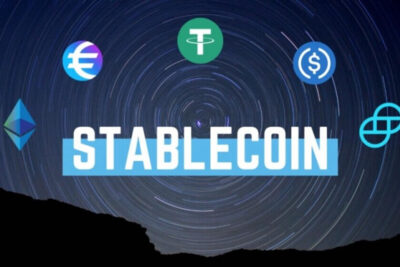
What Are Stablecoins And Why Do You Need Them?
10 March 2022







